Global Strategies for Child Online Protection and Tackling Tech-Facilitated Gender-Based Violence
SWGfL (South West Grid for Learning)
Session 344
As digital connectivity expands globally, the threats faced by children and women online are intensifying—often faster than policy or platform responses can keep pace. Online child exploitation and tech-facilitated violence against women and girls (TFVAWG), including the non-consensual sharing of intimate images, are no longer isolated harms: they are global human rights issues with systemic implications for sustainable development.
This session explores how international collaboration can drive meaningful, scalable responses to these challenges, drawing on real-world initiatives that reflect the WSIS+20 vision of a safe, inclusive, and people-centred information society—and advance the Sustainable Development Goals, particularly SDG 4 (Quality Education), SDG 5 (Gender Equality), and SDG 16 (Peace, Justice and Strong Institutions).
In 2020, the ITU Child Online Protection (COP) Guidelines for Policymakers were revised, which have since informed national strategies. As an example the ITU Europe Office applied these to deliver landscape assessments in Georgia, Ukraine, Moldova, North Macedonia, and Andorra—offering evidence-based recommendations to strengthen child online protection frameworks in diverse contexts.
To combat the global rise of non-consensual intimate image abuse, SWGfL developed StopNCII.org, a survivor-led platform that uses device-side hashing to prevent the sharing of intimate images without consent. Now integrated by major global platforms, the tool exemplifies how technical innovation and survivor advocacy can work together to build confidence and security in ICTs. Its relevance is further underscored by its alignment with emerging international frameworks, including the new UN Cybercrime Convention, which recognises non-consensual image abuse as a serious and evolving digital offence. The platform also contributes directly to the UNODC’s global strategy to combat tech-facilitated gender-based violence (TFGBV), offering a scalable, rights-based model for victim support and harm prevention.
These initiatives demonstrate the power of cross-sector collaboration. But there is an urgent need to scale action globally.
Looking to 2025 and beyond, this session proposes a vision for the WSIS process that embeds digital safety and human rights into the heart of digital cooperation. Recommendations include:
- Global adoption of the COP Guidelines;
- Stronger platform accountability for TFGBV and emerging harms;
- Proactive responses to AI-generated abuse content;
- Centering the voices of children, women, and survivors in global digital policymaking
Featuring speakers from SWGfL, ITU, and UNODC, this session will offer proven models and practical pathways to help WSIS stakeholders deliver on their SDG commitments while creating safer, more resilient digital environments for all.





-
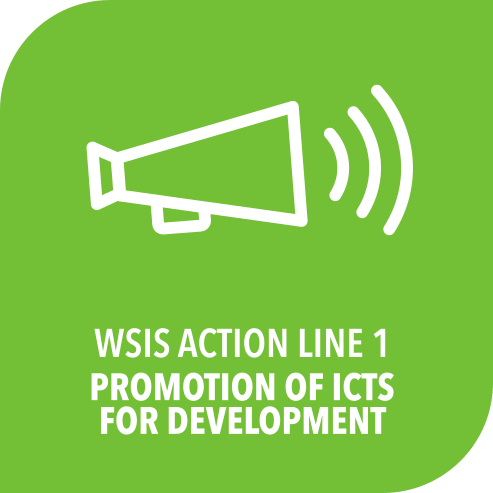 C1. The role of governments and all stakeholders in the promotion of ICTs for development
C1. The role of governments and all stakeholders in the promotion of ICTs for development
-
 C4. Capacity building
C4. Capacity building
-
 C5. Building confidence and security in use of ICTs
C5. Building confidence and security in use of ICTs
-
 C9. Media
C9. Media
-
 C10. Ethical dimensions of the Information Society
C10. Ethical dimensions of the Information Society
-
 C11. International and regional cooperation
C11. International and regional cooperation
This session reflects and advances multiple WSIS Action Lines through its focus on safeguarding children and women in the digital environment, fostering international cooperation, and promoting ethical and secure ICT use.
C1: The role of governments and all stakeholders in the promotion of ICTs for development
By showcasing collaborative models between governments, the private sector, civil society, and intergovernmental organisations (e.g. ITU, UNODC), the session promotes inclusive, multi-stakeholder ICT development that places safety and rights at the centre.
C4: Capacity building
The session highlights successful capacity-building efforts, including national-level implementation of the ITU Child Online Protection Guidelines and digital safety assessments in Georgia, Ukraine, Moldova, North Macedonia, and Andorra. These initiatives strengthen institutional readiness to protect children online.
C5: Building confidence and security in the use of ICTs
Tools like StopNCII.org support trust and resilience in digital ecosystems by offering proactive, survivor-led mechanisms to prevent image-based abuse. The session explores how such innovations can contribute to safe, rights-respecting digital participation.
C9: Media
The role of media—both traditional and social—in amplifying or mitigating online harm is increasingly critical. The session considers media’s influence on societal perceptions of TFGBV and its potential as a channel for education, prevention, and survivor support.
C10: Ethical dimensions of the Information Society
This session addresses the ethical responsibilities of platforms, policymakers, and technology developers to prevent harm and uphold individual rights. It explores ethical challenges posed by emerging technologies, particularly AI-generated abuse content.
C11: International and regional cooperation
Anchored in global frameworks such as the UN Cybercrime Convention and the UNODC strategy to combat TFGBV, the session demonstrates the value of cross-border collaboration in developing scalable, effective online protection strategies.
-
 Goal 3: Ensure healthy lives and promote well-being for all
Goal 3: Ensure healthy lives and promote well-being for all
-
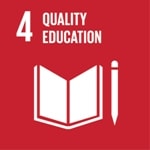 Goal 4: Ensure inclusive and equitable quality education and promote lifelong learning opportunities for all
Goal 4: Ensure inclusive and equitable quality education and promote lifelong learning opportunities for all
-
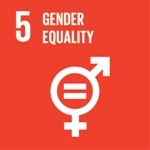 Goal 5: Achieve gender equality and empower all women and girls
Goal 5: Achieve gender equality and empower all women and girls
-
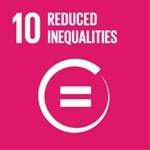 Goal 10: Reduce inequality within and among countries
Goal 10: Reduce inequality within and among countries
-
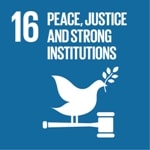 Goal 16: Promote just, peaceful and inclusive societies
Goal 16: Promote just, peaceful and inclusive societies
-
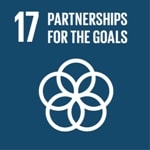 Goal 17: Revitalize the global partnership for sustainable development
Goal 17: Revitalize the global partnership for sustainable development
This session directly supports the Sustainable Development Goals by addressing the urgent need for inclusive, rights-based digital safety frameworks—particularly for children and women, who are disproportionately affected by online harms.
Goal 3 (Good Health and Well-being):
Non-consensual intimate image abuse and tech-facilitated gender-based violence (TFGBV) have significant psychological, social, and physical impacts. The session promotes survivor-centred digital tools, such as StopNCII.org, that mitigate harm and support long-term wellbeing.
Goal 4 (Quality Education):
A safe digital environment is foundational to meaningful access to learning. The ITU Child Online Protection Guidelines and national-level assessments showcased in this session help create secure conditions in which children can fully engage with educational opportunities online.
Goal 5 (Gender Equality):
The session tackles TFGBV head-on, offering global policy and technical strategies to reduce violence against women and girls and strengthen digital empowerment. It aligns with international efforts to eliminate gender-based violence in both physical and digital spaces.
Goal 10 (Reduced Inequalities):
Through international collaborations with countries such as Georgia, Ukraine, Moldova, and others, the session demonstrates how child online protection and TFGBV responses can be effectively localised—helping bridge gaps in policy, capacity, and access across regions.
Goal 16 (Peace, Justice and Strong Institutions):
Digital harm prevention is a cornerstone of just and inclusive societies. This session contributes to global dialogue on responsible technology governance, informed by the new UN Cybercrime Convention and the UNODC’s global strategy on TFGBV.
Goal 17 (Partnerships for the Goals):
The session exemplifies multi-stakeholder cooperation across governments, international bodies, civil society, and platforms. It promotes global knowledge exchange and policy alignment, essential to the achievement of WSIS and SDG ambitions.
Websites
SWGfL:
StopNCII.org (Stop Non-Consensual Intimate Image Abuse):
ITU Child Online Protection Guidelines for Policymakers (2020):
Revenge Porn Helpline (SWGfL):
Social Media
SWGfL Twitter/X: @SWGfL_Official
StopNCII Twitter/X: @StopNCII
SWGfL LinkedIn:
Revenge Porn Helpline Twitter/X: @RPhelpline